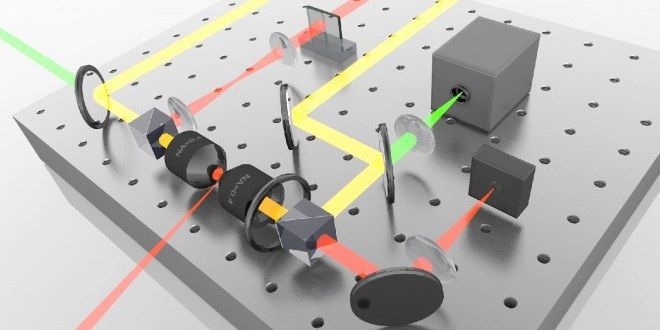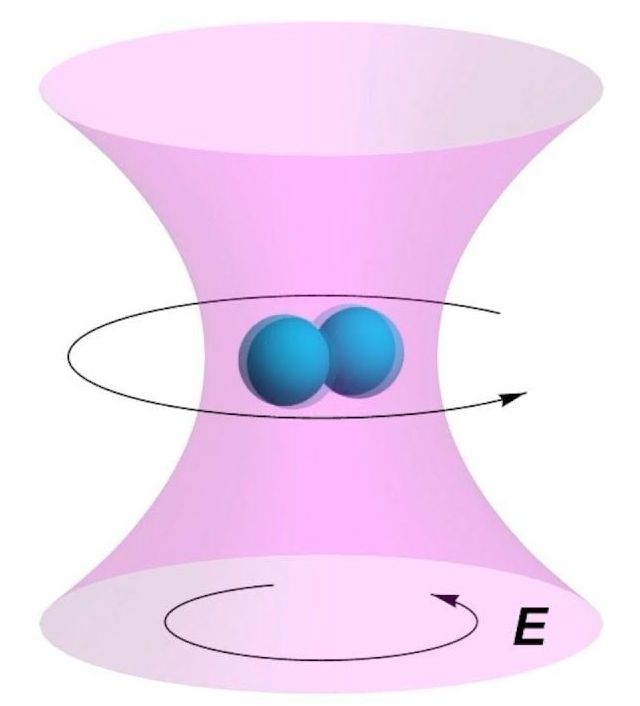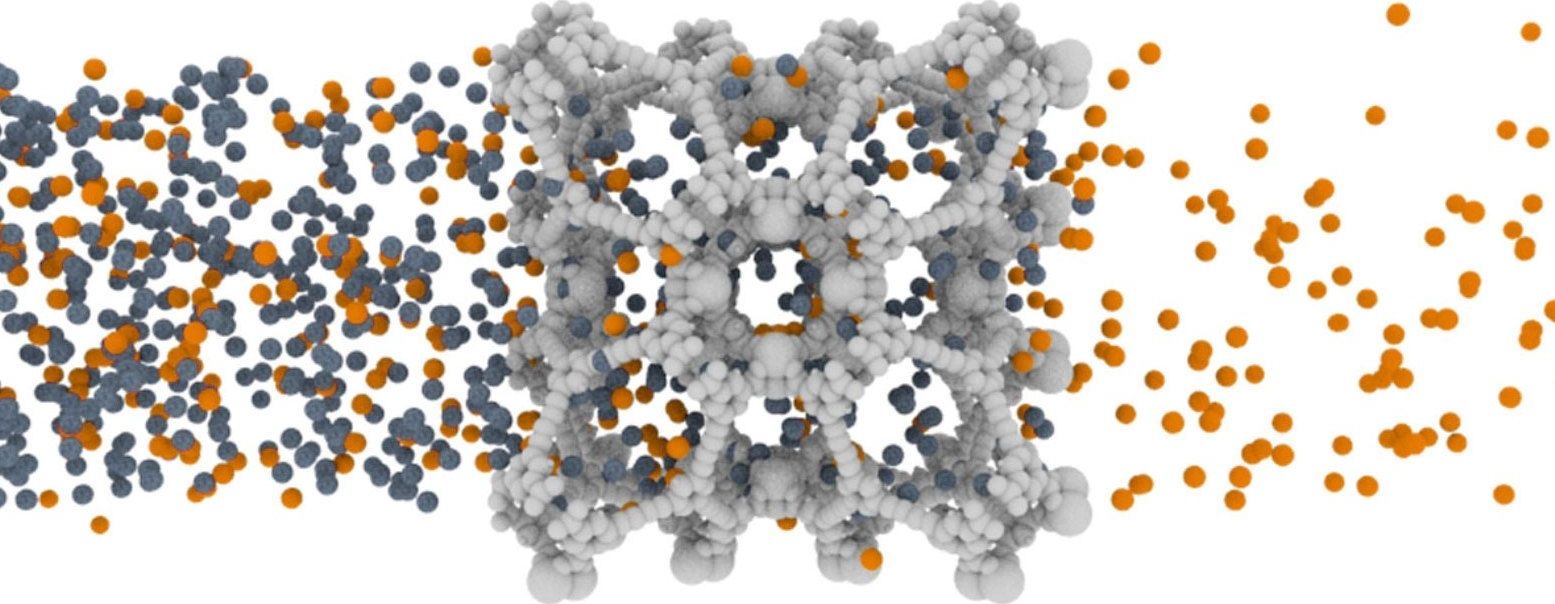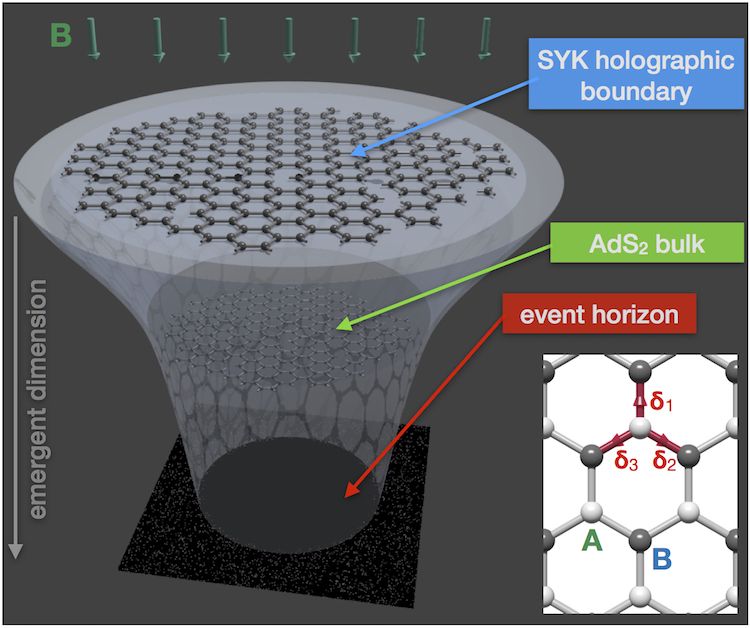By combining quantum mechanical quirks of light with a technique called photonic force microscopy, scientists can now probe detailed structures inside living cells like never before. This ability could bring into focus previously invisible processes and help biologists better understand how cells work.
Photonic force microscopy is similar to atomic force microscopy, where a fine-tipped needle is used to scan the surface of something extremely small such as DNA. Rather than a needle, researchers used extremely tiny fat granules about 300 nanometers in diameter to map out the flow of cytoplasm inside yeast cells with high precision.
To see where these miniscule fat particles were, they shined a laser on them. Here, the researchers had to rely on what’s known as squeezed light. Photons of light are inherently noisy and because of this, a laser beam’s light particles won’t all hit a detector at the same time. There is a slight randomness to their arrival that makes for a fuzzy picture. But squeezed light uses quantum mechanical tricks to reduce this noise and clear up the fuzziness.








